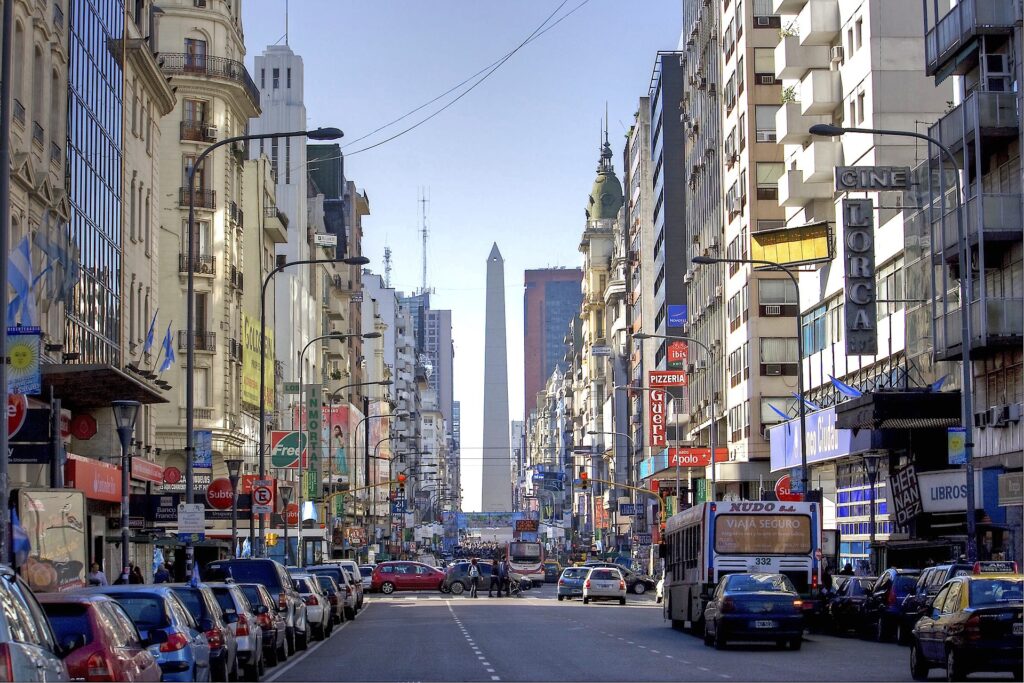Argentina is a South American country that belongs to the world’s football elite. Its economic situation is quite different. The strength of the economy is clearly defined by the scale of bankruptcies. Brazil’s largest neighbour has gone bankrupt at least nine times. The situation is no better now and another financial crash is on the horizon.
From tiger to pariah
When describing the current economic situation of Argentina, it should be clearly stated that it has been a race to the bottom. Only 100 years ago, this South American country was one of the richest countries in the world. Argentina was not involved in either of the world wars and successive governments benefited heavily from natural resources. It is the ineptitude of all the populist governments that led the country into the depths of backwardness. It only took 20 years for Argentina to turn from a highly developed country into a pariah. The years-long crisis and the ineptitude of the authorities have pushed many Argentinians into poverty. Today, GDP per capita places the country between Bulgaria and Mexico.
A chain of bankruptcies and crises
It all started in the 1940s, when Juan Domingo Perón came to power in Argentina. His rule was inspired by Benito Mussolini’s Italian populists. With the support of the army and the labourers, he started reforms. The nationalisation of the economy and takeover of key industries from the Western imperialists were the first steps. In addition, imports were restricted and state-owned factories began to be built. Successive public programs led to a decline in budget revenues, the collapse of the country’s planned industrialisation and the exhaustion of foreign currency funds. Perón began frantic money printing.

His inept policy led to him being overthrow by the army in 1955. The new government rolled back all the reforms and Perón’s rule served to create a myth of prosperity. The country was in political turmoil and the economy was inefficient, with increasing dependence on Western corporations and capital. After the military junta came to power in 1976, Argentina was flooded with dollars by the US government. In addition, loans were freely granted by private banks and Western military institutions. The only duty of the military junta was to fight communism on Argentine soil.
The idyll lasted until the late 1980s and early 1990s, when US banks raised interest rates. Argentina could not pay interest on its debts and had to take out more loans. Starting a war with Britain over the Falkland Islands to mask the economic disaster led to the collapse of the military junta. The turn of the 20th and 21st centuries is a string of ups and downs for the Argentinian economy. In the current millennium, the country’s economy has fallen into a huge recession 3 times, with a fall in GDP of more than 10%. Argentina’s GDP for 2021 is at a similar level to that of the end of the 20th century. Successive governments have inefficiently tried to counteract this, but have notoriously run huge fiscal deficits of almost 8.5% of GDP. In addition, a team of left-wing Peronists, notorious for corruption scandals, has come back to power. The carnival of decline continues…
Bartłomiej Haba












